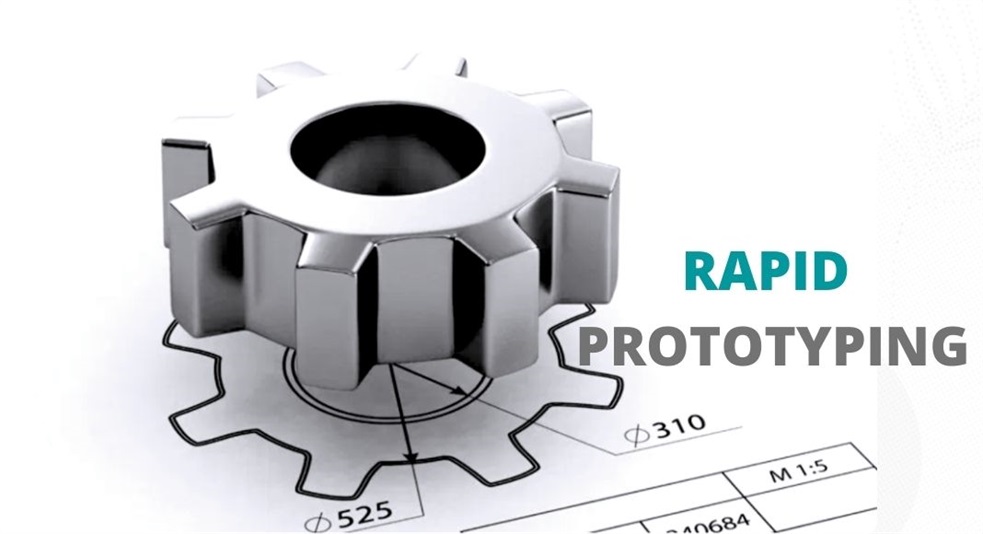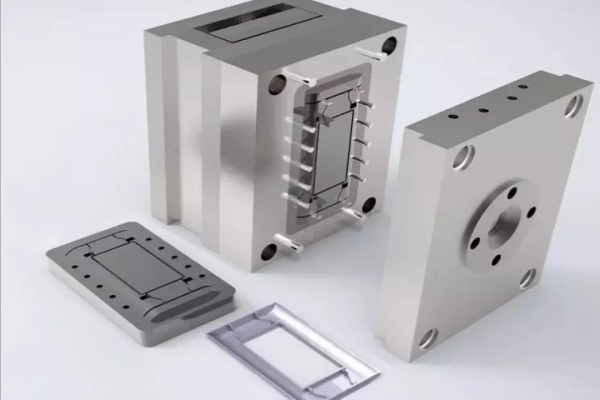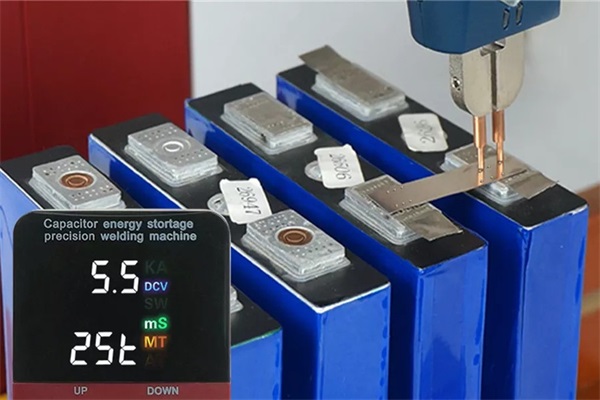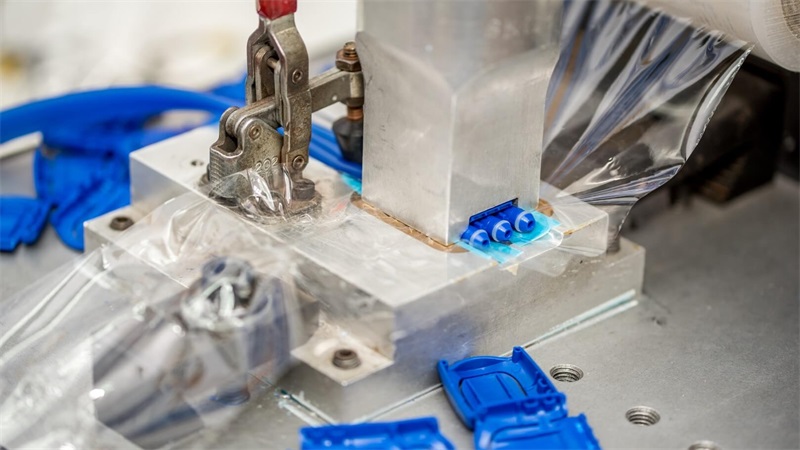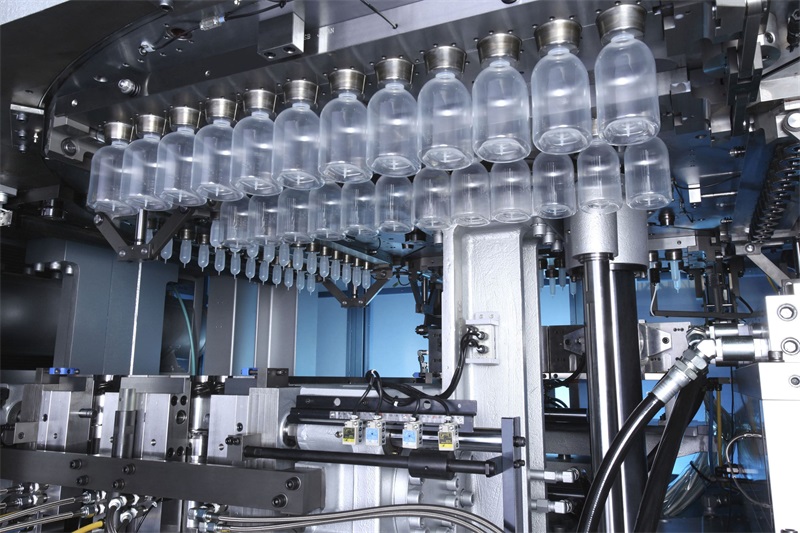Prototyping means turning your ideas into tangible forms, which also means creating experimental versions of your product so that you can test them before going into mass production. There are lots of manufacturing methods such as sheet metalwork, vacuum casting, low-volume insert molding, metal die casting CNC machining and 3D printing technology are two of the most common prototyping methods you can use in your production. Which one should you choose for prototyping? This guide will help you learn more about the technologies for prototyping.
Table of Contents
- 1 CNC Machining and 3D printing? CNC machining for Prototyping: Advantages and Disadvantages
- 2 CNC Machining and 3D printing? 3D Printing for Prototyping: Advantages and Disadvantages
- 3 Conclusion – CNC machining and 3D printing, Which is Best for Your Prototyping projects?
CNC Machining and 3D printing? CNC machining for Prototyping: Advantages and Disadvantages
CNC machining is the prototyping process that uses computerized commands, which allows you to create accurate prototypes for your project. It is a subtractive manufacturing process, which means this process will create prototype objects by subtracting the primary materials in gradual steps until you get the shape of the prototype object according to the design requirements.
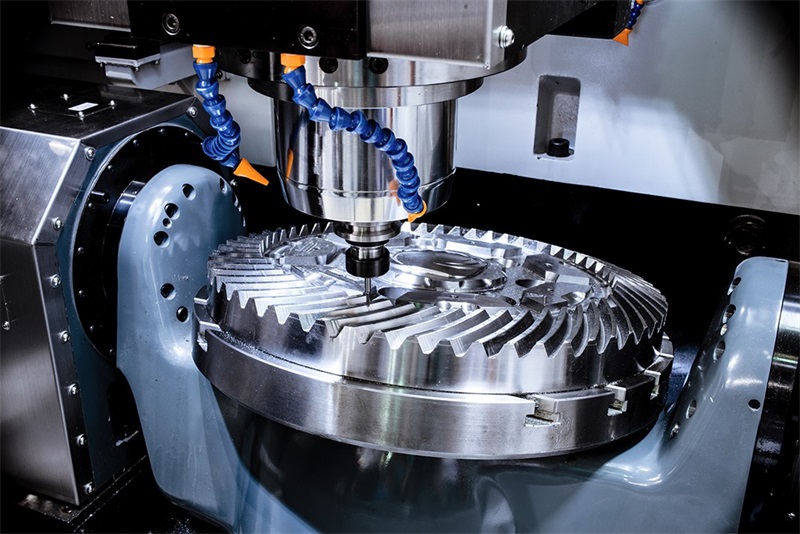
Advantages:
●Precise prototypes with high tolerance.
With the CNC machining technique, you can create prototypes with the best accuracy and precision, meaning that there will be very little room for errors in your prototypes. The high tolerance of the CNC machining technique makes it possible for you to make as detailed prototypes as possible.
●High-quality prototypes with high similarity to the finished product.
The CNC machining process can provide you with prototypes that have the highest quality, which will resemble the finished product a lot. This way, you can use the prototypes to test various features of your finished product with the highest accuracy.
●Better strength for the prototypes.
The CNC machining process can also produce prototypes with better strength and durability, as you will use better-quality metal materials for it. This way, you can test the prototypes as much as you want without worrying about damaging your prototypes.
●Faster production process with better cost-effectiveness.
You can produce your prototypes fast with this process right after preparing the blueprint and code commands for the CNC machining equipment. Also, this manufacturing process is quite cost-effective in the long run, as you can get the highest-quality prototypes at the best price.
●No defects.
The prototypes produced with the CNC machining process won’t have any defects, as it uses a very accurate production process. You can expect little to no defects on the prototypes, making it possible for you to test your products with more accuracy.
Disadvantages:
●Plenty of waste materials.
The CNC machining process can generate a lot of waste materials since it is a subtractive process. The CNC machining process, might not be as eco-friendly as the 3D printing process. So, with CNC machining, you will need to deal with material waste in each production cycle.
●More expensive equipment and materials.
CNC machining also requires more expensive equipment, and the materials will also be more expensive than the materials used for the 3D printing technology. CNC machining uses more expensive metal materials, whereas 3D printing technology uses cheaper plastic materials.
●More complex prototyping process.
You will need to go through a more complex prototyping process with CNC machining. It is also important for you to hire some expert CNC machining operators to handle all the machining processes in your prototype production, which means more added production costs.
CNC Machining and 3D printing? 3D Printing for Prototyping: Advantages and Disadvantages
3D printing technology offers a process of prototype creation by using the additive manufacturing method, meaning that you will create your prototype layer by layer by putting additional layers on top of the existing layers. You can use the 3D printing software to create the design for your prototypes, make use of various plastic materials for the 3D printer equipment, and start producing your prototypes right away.
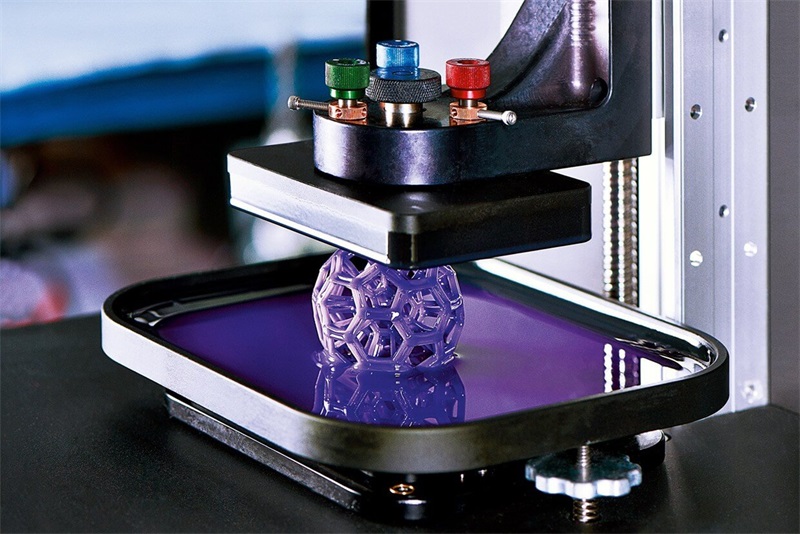
Advantages:
●Affordability.
3D printing technology allows you to create prototypes without spending too much money on the materials and the production process. Plastic materials are the primary materials you can use for the 3D printing process. These materials are much cheaper to use than the metal materials used in CNC machining costs.
●Easier to design.
Compared to the CNC machining process, designing your prototypes using 3D printing is easier to do. You can use CAD software to create the 3D design for your prototypes, and then you can use your design with the 3D printer equipment to get it printed right away.
●Rapid prototyping process.
3D printing services online allow for much faster prototyping than the CNC machining method. You can produce prototypes in large volumes without having to wait for too long.
●It’s easier to change the prototypes.
With 3D printing, you can change your prototype designs as soon as possible. You don’t need to wait for a long time just to update your prototype design and to try new experimental features on your prototypes.
Disadvantages:
●Weaker prototype builds.
3D printing technology offers weaker prototype builds than CNC machining technology since the materials used for the 3D printing technology are way cheaper and less durable. Also, 3D printing can’t handle prototyping processes as complex as CNC machining.
●Lower quality prototypes.
The weaker prototype builds produced by the 3D printing process leads to lower-quality prototypes when compared to the CNC milling service and CNC turning process. It means that sometimes, you will need to redo your assessment of your prototypes just to get it right.
●Lesser accuracy with the need for post-processing.
3D printing technology can’t produce prototypes as accurately as CNC machining technology. Also, with 3D printing, you can’t use your prototypes right away after you get them 3D printed. You will need to apply certain types of post-processing before you can use your prototypes.
Conclusion – CNC machining and 3D printing, Which is Best for Your Prototyping projects?
It will depend on your prototype requirements and budget to pick between the 2 rapid manufacturing methods. For budget-friendly prototyping, you can use 3D printing technology to get the job done. However, with 3D printing, you will have lower-quality prototypes to use.
The CNC machining method is an excellent choice for you if you want to get the highest quality prototypes. It will allow you to create prototypes with complex designs, better precision, and better durability. However, it will be more expensive for you if you want to go with this method.
So, the final decision will be up to you. To conclude, both CNC machining and 3D printing offer the best prototyping options for a wide range of industrial applications, which you can always use to your advantage. Are you looking for rapid prototyping services for your projects, contact our team today to get a free quote now!
